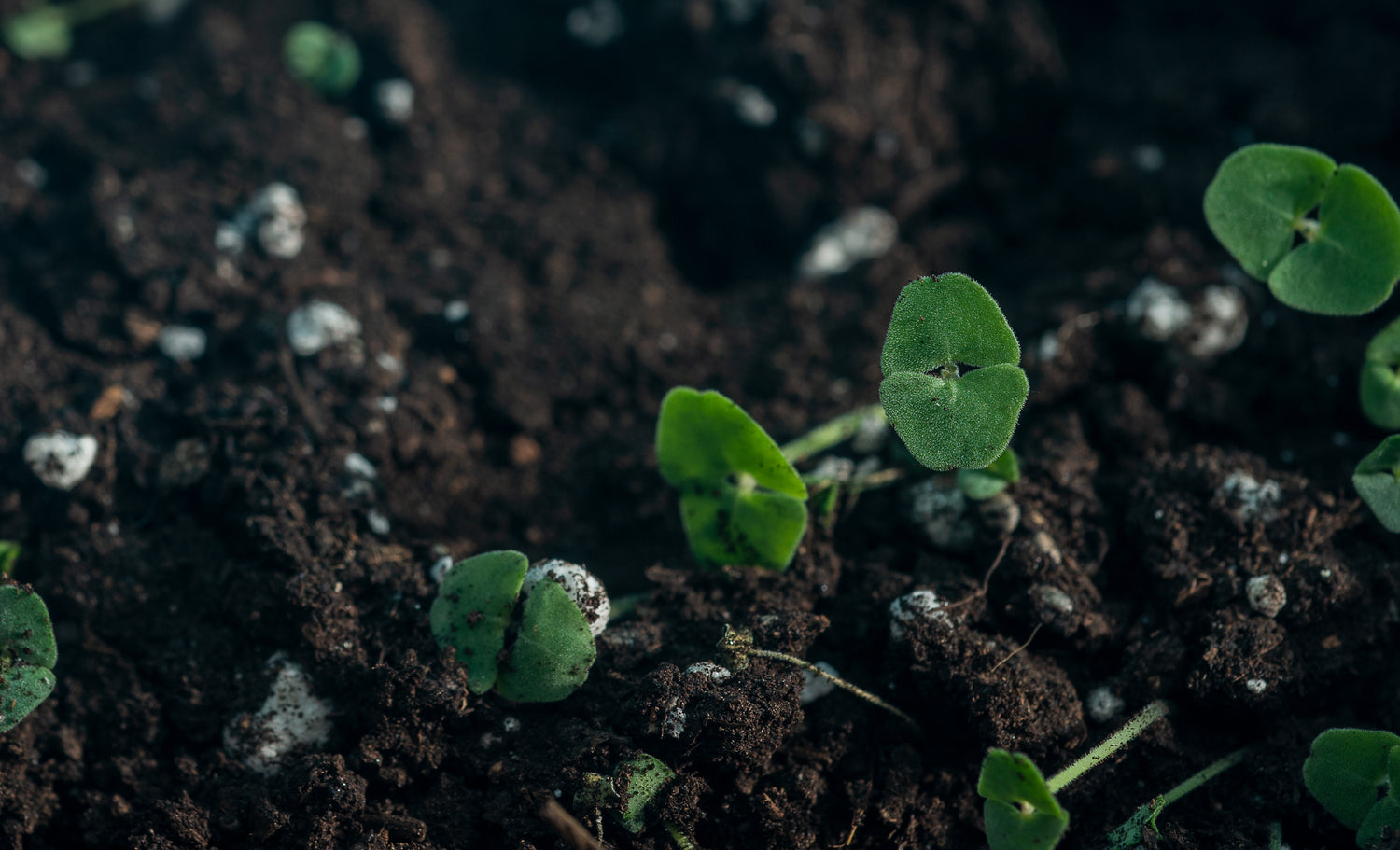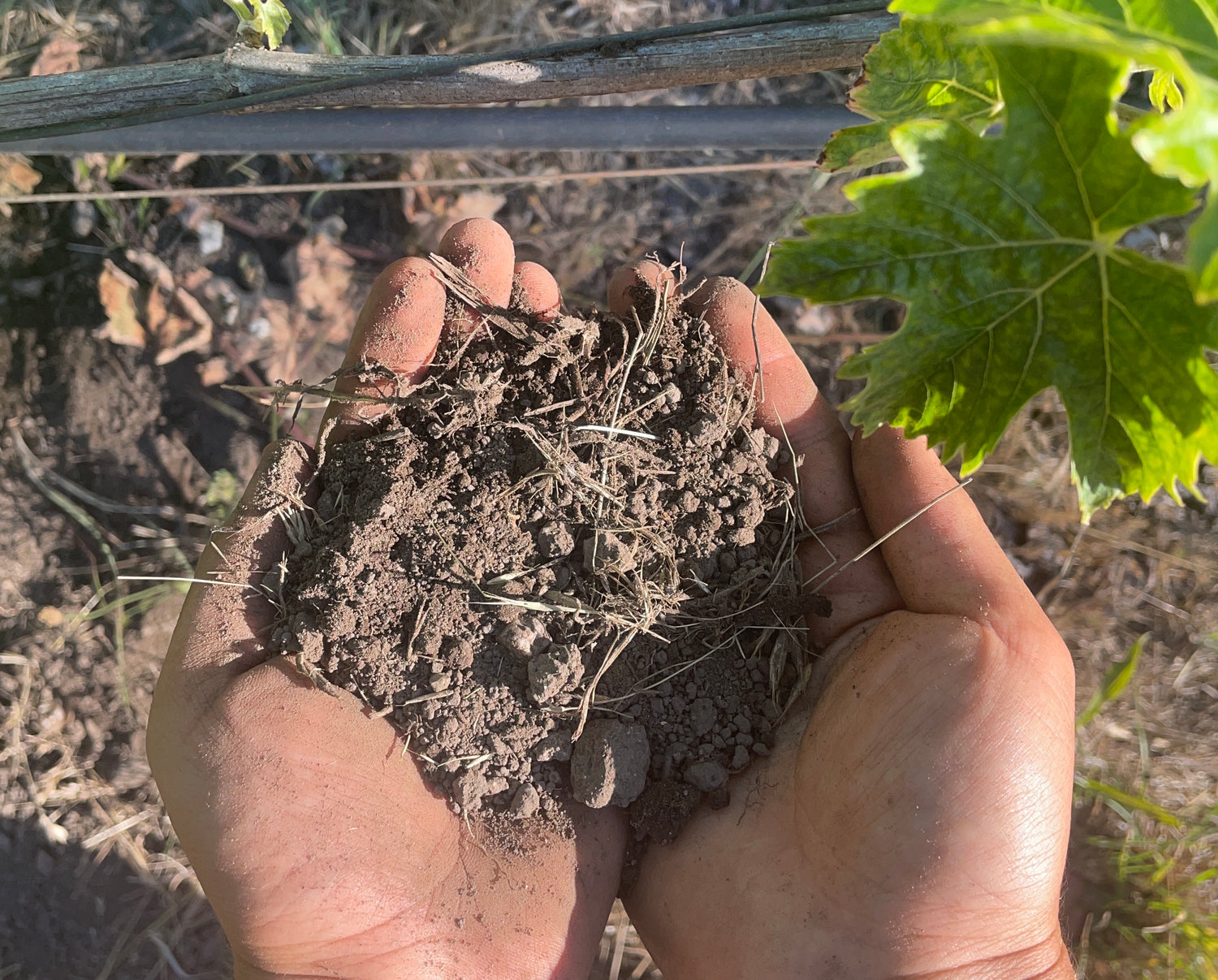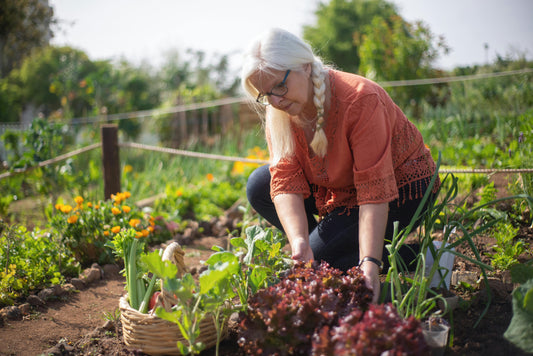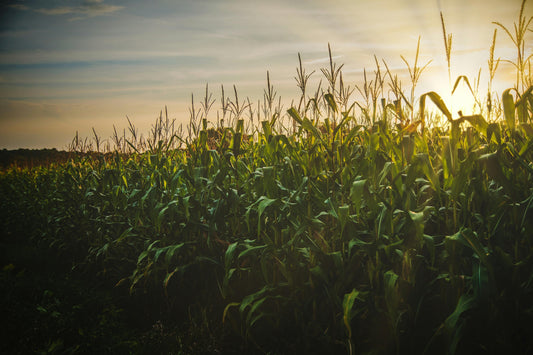Soil testing reveals essential information about nutrient levels, pH, organic matter, and texture that enables gardeners and farmers to make informed decisions about fertilization, plant selection, and soil management for optimal crop production and environmental sustainability.
Complete Guide to Soil Testing for Gardeners and Farmers
Soil testing represents the foundation of successful gardening and agricultural production, providing essential insights into soil chemistry, fertility, and health that guide management decisions. By revealing nutrient availability, pH levels, and soil characteristics, testing empowers growers to optimize plant nutrition while minimizing environmental impact and production costs.
Why Soil Testing Matters
Understanding your soil's characteristics through professional testing enables precise nutrient management, prevents both deficiencies and excesses, and supports sustainable growing practices. Cornell Soil Health Laboratory emphasizes that soil testing provides the foundation for effective soil management by identifying both constraints and opportunities for improvement.
Soil testing addresses several critical aspects of plant production including nutrient management, pH optimization, and soil health assessment. Testing identifies levels of essential nutrients like nitrogen, phosphorus, and potassium, enabling precise fertilization that prevents deficiencies while avoiding wasteful over-application.
According to UC Master Gardeners, nutritional disorders in plants are often difficult to diagnose from visual symptoms alone, making soil and tissue analysis essential tools for identifying problems before severe stress occurs.
The Professional Soil Testing Process
Sample Collection
Proper sample collection ensures accurate results that represent actual field conditions. The process involves gathering soil from multiple locations within each management zone at appropriate depths using clean tools to avoid contamination.
For most crops and gardens, collect samples from 6-8 inches deep using a clean shovel, spade, or soil probe. Take 10-15 subsamples from each area that will be managed similarly, mixing thoroughly to create a representative composite sample for laboratory analysis.
Cornell Cooperative Extension recommends avoiding recently fertilized areas, compost piles, or areas with obvious contamination when collecting samples to ensure representative results.
Laboratory Analysis
Professional laboratories use standardized methods to assess nutrient content, pH, organic matter, texture, and other soil properties. Advanced analytical techniques provide precise measurements that enable accurate recommendations for fertilization and soil management.
The Cornell Soil Health Laboratory offers comprehensive assessment packages that evaluate biological, physical, and chemical soil properties beyond basic nutrient analysis, providing insights into overall soil health and function.
Result Interpretation
Laboratory reports provide detailed information about soil properties along with management recommendations tailored to specific crops and growing conditions. Understanding these results enables informed decisions about fertilization, pH adjustment, and soil improvement strategies.
Professional interpretation focuses on identifying limiting factors that most affect plant growth and productivity. This approach prioritizes corrections that provide the greatest benefit for crop production and soil health improvement.
Key Soil Testing Parameters
Soil pH and Nutrient Availability
Soil pH measures acidity or alkalinity on a scale from 0-14, with 7.0 representing neutral conditions. Most plants perform best in slightly acidic to neutral soils (pH 6.0-7.0) where essential nutrients remain available for plant uptake.
pH significantly influences nutrient availability, with most nutrients becoming less available in strongly acidic or alkaline conditions. Testing guides pH adjustment through lime application to raise pH or sulfur application to lower pH as needed for optimal plant nutrition.
Essential Nutrients
Comprehensive soil testing evaluates both macronutrients (nitrogen, phosphorus, potassium) and micronutrients (iron, zinc, manganese, boron) essential for plant growth. Each nutrient serves specific functions in plant metabolism and development.
Nitrogen supports leafy growth and protein synthesis, phosphorus promotes root development and flowering, while potassium enhances disease resistance and overall plant vigor. Micronutrients function as enzyme cofactors and metabolic catalysts despite being needed in smaller quantities.
Organic Matter and Soil Health
Soil organic matter improves water retention, nutrient availability, soil structure, and biological activity. Testing measures organic matter percentage and provides insights into soil health status and improvement potential.
Higher organic matter levels support beneficial microbial communities, improve nutrient cycling, and enhance soil physical properties including water infiltration and retention capacity.
Types of Soil Tests Available
Basic Nutrient Testing
Basic tests typically include pH, phosphorus, potassium, calcium, magnesium, and organic matter analysis. These tests provide essential information for most gardening and agricultural applications at reasonable cost.
Basic testing costs approximately $25-40 and provides sufficient information for general fertilization recommendations and pH management in most situations.
Comprehensive Analysis
Comprehensive testing includes all basic parameters plus micronutrients, soil texture, cation exchange capacity, and sometimes biological indicators. This testing provides detailed information for intensive production or problem diagnosis.
Comprehensive analysis typically costs $50-75 but provides valuable insights for specialty crops, intensive production systems, or when addressing specific plant health issues.
Contamination Screening
Heavy metal testing becomes important for urban gardens, areas near roads or industrial sites, or when producing food crops. Testing identifies potentially harmful levels of lead, arsenic, cadmium, and other contaminants.
Contamination screening typically costs $40-60 and provides essential safety information for food production in potentially affected areas.
Professional Testing vs. DIY Kits
DIY Test Kit Limitations
Home test kits provide basic information about pH and major nutrients but lack the precision and comprehensiveness of professional laboratory analysis. DIY kits work best for general monitoring between professional tests.
Color-based interpretations in DIY kits can be subjective and less accurate than instrumental analysis, particularly for precise fertilizer recommendations or micronutrient assessment.
Professional Laboratory Benefits
Professional laboratories use calibrated instruments, standardized procedures, and quality control measures that ensure accurate, repeatable results. Laboratory reports include detailed management recommendations based on crop requirements and local conditions.
UC Cooperative Extension emphasizes that professional testing provides more reliable results, especially for micronutrient analysis and complex soil chemistry evaluation.
Practical Applications of Soil Test Results
Fertilization Planning
Soil test results enable precise fertilizer application based on actual nutrient needs rather than generic recommendations. This approach reduces costs, prevents over-fertilization, and minimizes environmental impact from excess nutrient runoff.
Targeted fertilization maintains optimal nutrient levels while avoiding the plant stress and environmental problems associated with nutrient imbalances or excesses.
Plant Selection
Understanding soil characteristics helps match plants to existing conditions or guides soil modifications to support desired species. Some plants thrive in acidic conditions while others prefer alkaline soils.
Native plants often perform well in unmodified local soils, while exotic species may require specific pH adjustments or nutrient supplementation for optimal performance.
Soil Improvement Strategies
Test results guide organic matter additions, pH adjustments, and other soil improvements that enhance long-term productivity and soil health. Strategic improvements provide lasting benefits for plant growth and soil function.
Organic matter additions improve soil structure, water retention, and biological activity while providing slow-release nutrients and supporting beneficial microbial communities.
Soil Testing Timeline and Frequency
Testing Schedule
Test established gardens every 2-3 years to monitor nutrient status and pH changes over time. Annual testing benefits intensive vegetable production or high-value specialty crops requiring precise nutrient management.
Test immediately before establishing new gardens, orchards, or landscaping projects to guide initial soil preparation and amendment applications.
Seasonal Considerations
Fall testing provides time to apply lime or organic matter before spring planting, allowing materials to react with soil over winter months. Spring testing works well for annual nutrient applications and immediate fertilization needs.
Avoid testing immediately after heavy fertilizer applications or during extremely wet or dry periods that may affect nutrient availability and test accuracy.
Laboratory Selection and Services
Certified Testing Facilities
UC Cooperative Extension maintains lists of certified soil testing laboratories that provide reliable analysis and appropriate recommendations for California growing conditions.
Many university extension services offer soil testing through their analytical laboratories, providing research-based recommendations tailored to local conditions and crops.
Specialized Testing Services
Some situations require specialized testing including nematode analysis, pesticide residue screening, or detailed biological assessment. These services address specific production challenges or regulatory requirements.
Organic certification may require specific testing protocols or laboratories approved by certifying agencies to verify compliance with organic standards.
Implementing Test Recommendations
Amendment Application
Apply lime several months before planting to allow pH adjustment time to occur. Organic matter additions can be applied any time but work best when incorporated before planting or during soil preparation.
Fertilizer timing depends on crop needs and nutrient characteristics. Nitrogen applications work best close to periods of active plant growth, while phosphorus and potassium can be applied further in advance.
Monitoring Results
Track plant performance and soil changes following amendment applications to evaluate effectiveness and guide future management decisions. Visual plant assessment combined with periodic re-testing provides feedback on management success.
Document amendment applications, timing, and results to build management history that improves future decision-making and soil health monitoring.
Frequently Asked Questions
How often should I test my soil?
Test soil every 2-3 years for established gardens, annually for intensive vegetable production, and before starting new planting areas. More frequent testing may be needed if plants show deficiency symptoms or after major soil amendments to monitor changes and ensure appropriate nutrient levels.
How do I take a proper soil sample?
Collect soil from multiple locations at 6-8 inches deep using a clean shovel or soil probe. Mix samples from each area to create a representative composite sample, avoiding contamination from tools or containers. Take 10-15 subsamples from each management zone for accurate results.
What does soil testing cost?
Professional soil testing typically costs $25-75 depending on analysis comprehensiveness. Basic nutrient and pH tests cost less, while comprehensive tests including micronutrients and contaminants cost more. The investment provides valuable information for optimizing plant nutrition and soil management.
Should I use DIY soil test kits or professional labs?
DIY kits provide basic insights for pH and major nutrients, but professional laboratory testing offers more accurate and comprehensive results, especially for micronutrients, organic matter, and contaminant analysis. Professional testing is recommended for important management decisions.
What nutrients should I test for?
Focus on nitrogen, phosphorus, potassium (NPK), pH, organic matter, and important micronutrients like iron, zinc, and manganese for a complete fertility profile suited to your crops and region. Comprehensive testing provides the most useful management information.
How does soil texture affect my plants?
Texture influences drainage, water retention, and root development. Sandy soils drain quickly but need more frequent watering and fertilization, while clay soils retain water and nutrients but may have drainage issues. Loamy soils provide balanced conditions ideal for most plants.
Sources
- Cornell Soil Health Laboratory. Testing Services and Assessment. https://soilhealthlab.cals.cornell.edu/
- UC Master Gardeners Santa Clara County. Soil Testing Guide. https://mgsantaclara.ucanr.edu/garden-help/soil-testing/
- Cornell Cooperative Extension Warren County. Soil Testing Services. https://warren.cce.cornell.edu/gardening-landscape/soils-climate/soil-testing-services
- UC Cooperative Extension. Soil Testing Information. https://ucanr.edu/sites/newinyomonomg/Eastern_Sierra_Gardening/Soil/Soil_Testing/
- UC Cooperative Extension Ventura County. Soil Testing Laboratories. https://ceventura.ucanr.edu/Com_Ag/Climate_Smart_Agriculture/Healthy_Soils_Program_HSP/Soil_Testing/Soil_Labs_/
- UC ANR Healthy Soils Program. Soil Basics. https://ucanr.edu/sites/soils/Soils_101/












